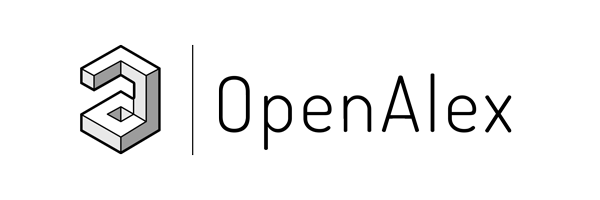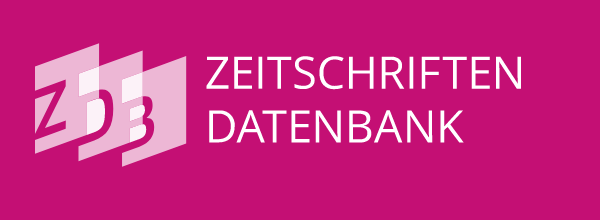Eccentrically-compressed reinforced concrete columns strengthened with partial jacketing
DOI:
https://doi.org/10.21041/ra.v8i2.276Keywords:
columns, partial retrofit, partial jacketing, reinforced concreteAbstract
The behavior of six uniaxial compression columns is investigated. Specimen featured an initial section of (120 x 200) mm2, a final section of (200 x 200) mm2 and height of 1.600 mm, strengthened on the tensile and compression sides with plaster or not. Adherence between new and old concrete, and cracking pattern was satisfactory. Although coated columns showed the same behavior to their respective non-coated ones even when concrete area was reduced by approximately 20%, problems consisted in the crushing of the reinforced concrete layer immediately prior to the rupture of the columns. This strengthening proved to be more adequate when undertaken at the columns´ compressed zone and may be executed through conventional procedures with or without mortar coating layer.
Downloads
References
Adorno, A. L. C. (2004), “Análise Teórica e Experimental de Pilares em Concreto Simples e Armado sob Flexo-Compressão Reta”, Tese de Doutorado, Universidade de Brasília, p. 300.
American Concrete Institute (2008), ACI 318: Building Code Requirements for Structural Concrete, Farmington Hills, Michigan.
Associação Brasileira de Normas Técnicas (2007), NBR 5739: Concreto – ensaio de compressão de corpo de prova cilíndrico, Rio de Janeiro.
Associação Brasileira de Normas Técnicas (2007), NBR 6118: Projeto e execução de estruturas de concreto armado, Rio de Janeiro.
Associação Brasileira de Normas Técnicas (2014), NBR 6118: Projeto e execução de estruturas de concreto armado, Rio de Janeiro.
Associação Brasileira de Normas Técnicas (2008), NBR 8522: Concreto – Determinação do módulo de elasticidade e diagrama tensão-deformação, Rio de Janeiro.
Comite Euro-International Du Beton (1983), Bulletin d’Information n. 162: Assessment of Concrete Structures and Design Procedures for Upgrading (Redesign), London.
Comite Euro-International Du Beton (1993), Model Code 1990: Design Code, London.
Gillum, A. J., Shahrooz, B. M., Cole, J. R. (2001), Bond strength between sealed bridge decks and concrete overlays, ACI Structural Journal, p.13.
Gomes, A., Appleton, J. (1998), Strengthening of Reinforced Concrete Structures by use of Jacketing, RPEE, p.67.
Guimarães, G. N., Ferreira, D. B., Gomes, R. B., Carvalho, A. L. (2016), Behavior of Reinforced Concrete columns strengthened by partial jacketing, Ibracon Structures and Materials Journal, p. 155-159. http://dx.doi.org/10.1590/S1983-41952016000100002
Macgregor, J. G., Ibrahim, H. H. H. (1996), Tests of eccentrically loaded high-strength concrete columns, ACI Structural Journal, pp. 585 - 594.
Mello, E. L. (2003), “Concreto armado: resistência limite à flexão composta normal e oblíqua”, 1ª Ed., Finatec UnB, Brasília, Brasil, p.113.
Melo, C. E. L. (2009), “Análise Teórica e Experimental de Pilares de Concreto Armado Submetidos à Flexo-compressão Normal”, Tese de Doutorado, Universidade de Brasília, p. 157.
Wight, J. K., Macgregor, J. G. (2009), “Reinforced Concrete: Mechanics and Design”. Pearson Education, New Jersey, p.516.
Published
How to Cite
Issue
Section
License
_______________________________
License in effect from September 2020
You are free to:
- Share — copy and redistribute the material in any medium or format for any purpose, even commercially.
- Adapt — remix, transform, and build upon the material for any purpose, even commercially.
- The licensor cannot revoke these freedoms as long as you follow the license terms.
Under the following terms:
- Attribution — You must give appropriate credit , provide a link to the license, and indicate if changes were made . You may do so in any reasonable manner, but not in any way that suggests the licensor endorses you or your use.
- No additional restrictions — You may not apply legal terms or technological measures that legally restrict others from doing anything the license permits.
Notices:
You do not have to comply with the license for elements of the material in the public domain or where your use is permitted by an applicable exception or limitation .
No warranties are given. The license may not give you all of the permissions necessary for your intended use. For example, other rights such as publicity, privacy, or moral rights may limit how you use the material.

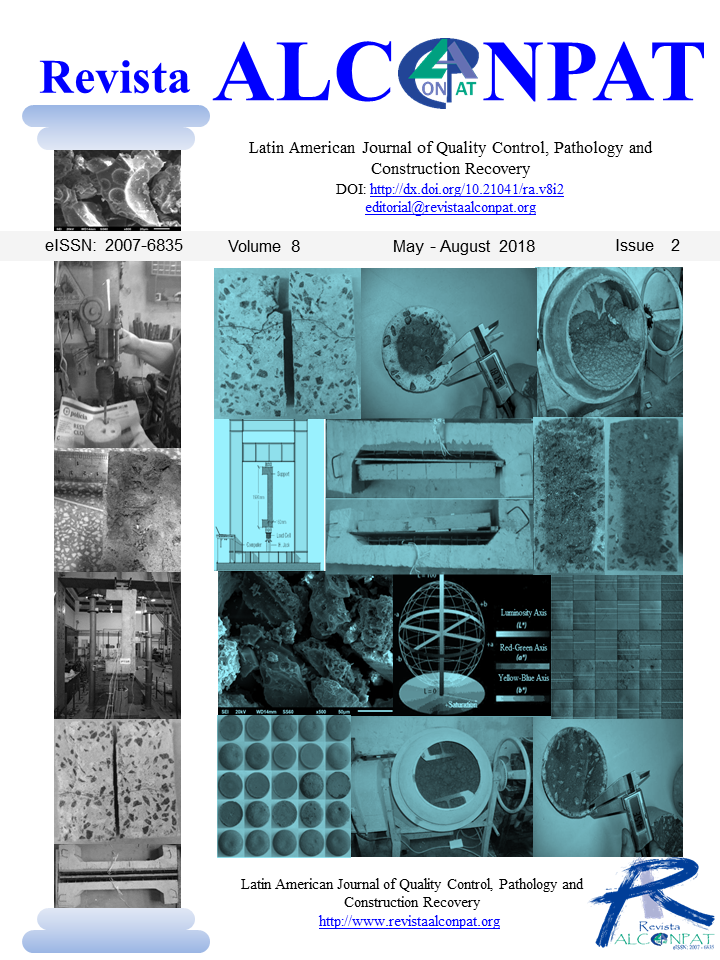













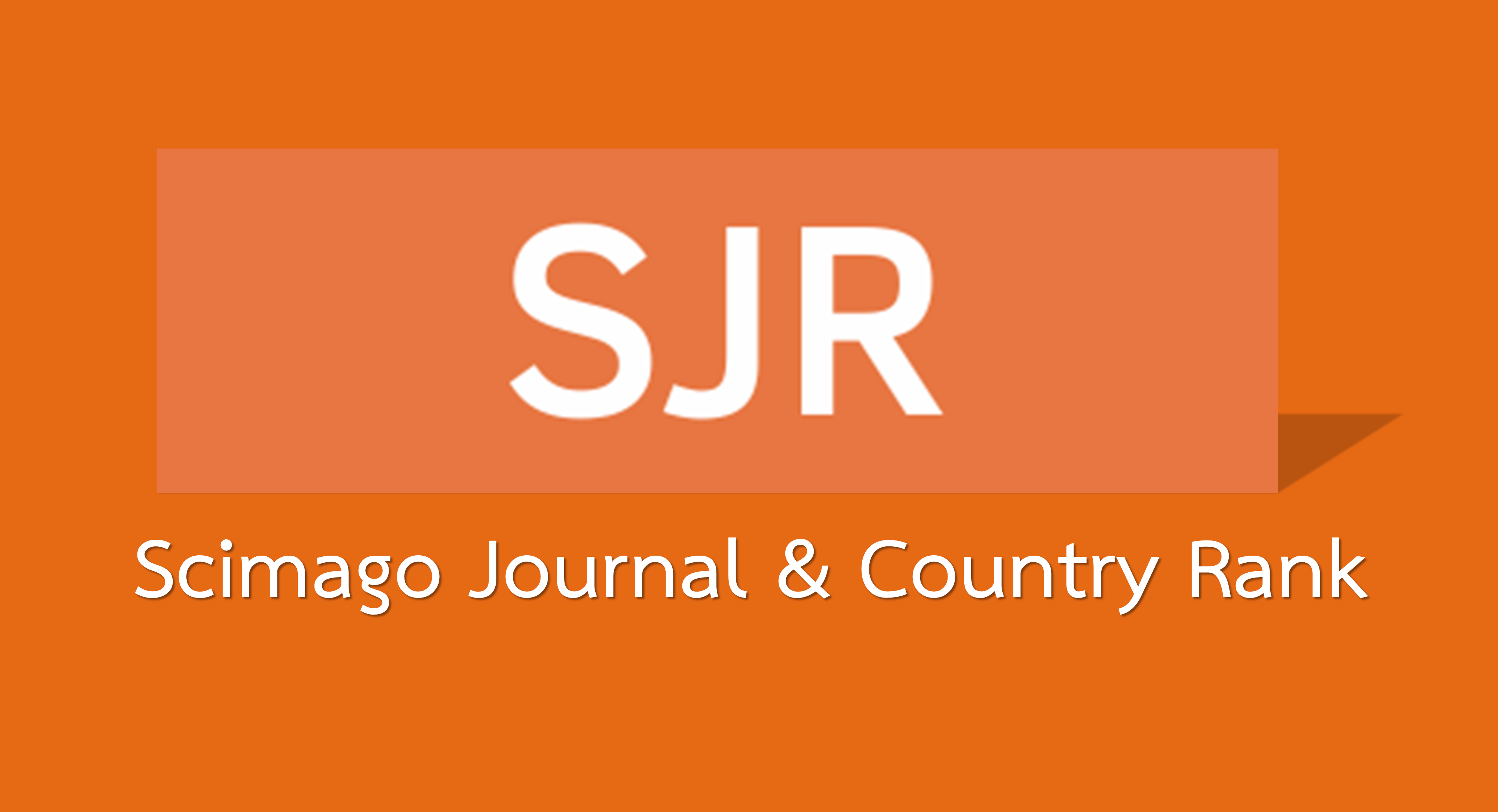




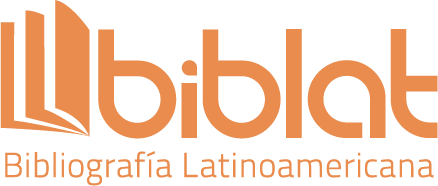
.png)





